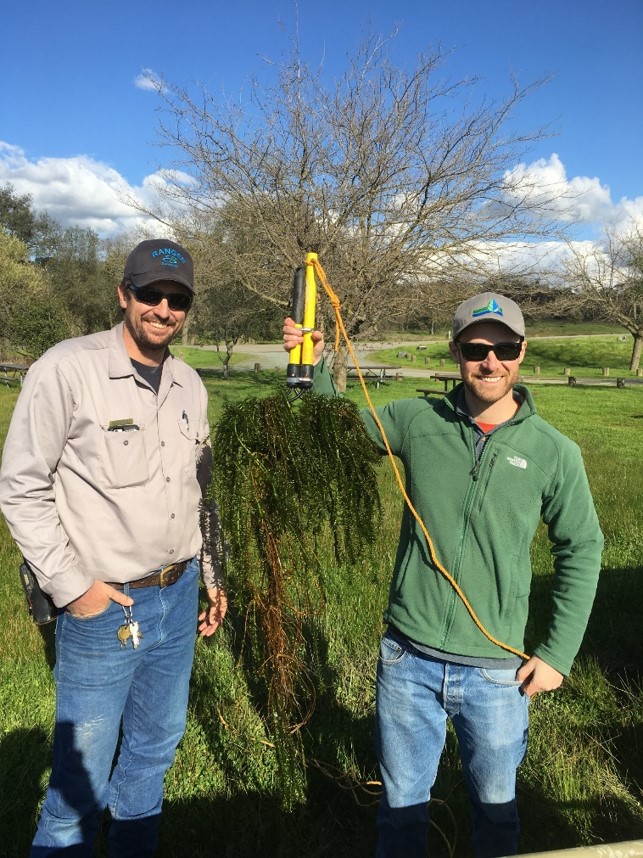NPDES Aquatic Pesticide Permit Compliance for Various Irrigation, Flood Control and Water Storage Districts throughout California.
Moving water from Point A to Point B in irrigation canals and flood control facilities is no easy task when unwanted vegetation obstructs the flow. Further, the presence of algae in drinking water reservoirs can impart undesirable tastes and odors.
We’re widely known in the California water storage, flood control and agricultural irrigation community for our expertise in Integrated Vegetation Management (IVM), water quality and regulatory compliance. For example, we continue to provide dozens of clients with timely and cost-effective NPDES aquatic pesticide permit compliance for the use of aquatic herbicides to control vegetation and algae.
Staff from the RWQCB, SWRCB and CDFW have benefited from attending our field demonstration days to help them understand the care in which aquatic pesticide applications are planned and executed and the procedures used to comply with the NPDES permit.
Details on some of our services include:
- Design and implementation of cost-effective, individual and regional Aquatic Pesticide Application Plans (APAPs), including monitoring plans and detailed QA/QC Plans
- Use of a customized and proprietary Access database to collect, analyze, manage and report data
- Based on exceedance triggers, notified client and completed and submitted 24 Hour and 5-Day written reports to RWQCB staff, as required
- Preparation of CEQA Initial study and mitigated negative declaration documentation, including detailed ecological risk analysis, for the use of copper and acrolein to control aquatic vegetation and algae
- Preparation of CEQA Initial study and mitigated negative declaration documentation, including detailed ecological risk analysis, for the use of copper to control invasive quagga mussels in a drinking water reservoir
- Representing the Association of California Water Agencies (ACWA) and its members to successfully negotiated the terms of the initial and renewed permits, resulting in significant cost savings


